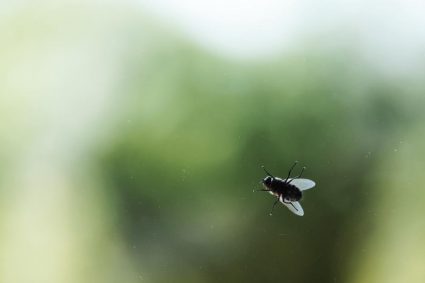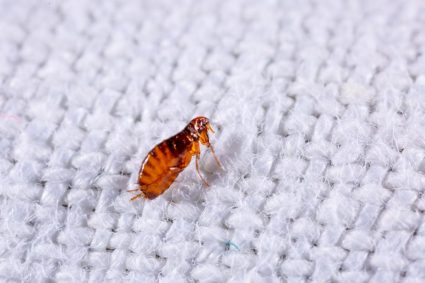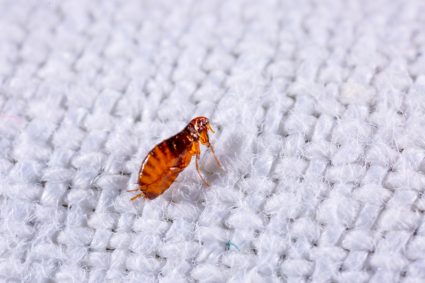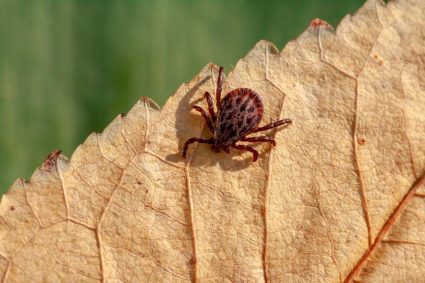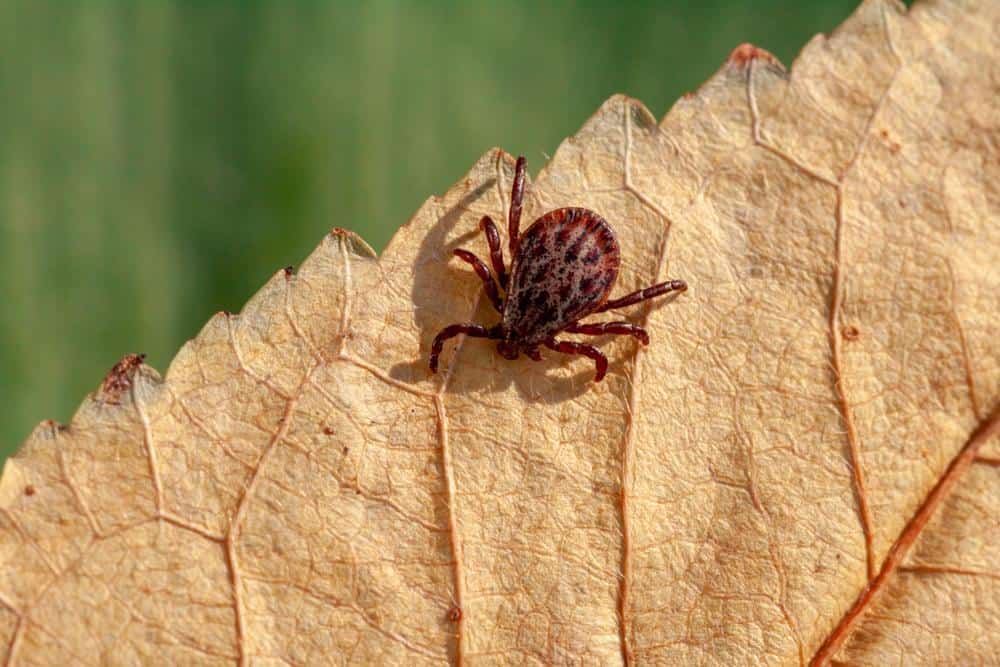
Mites, tiny arachnids found in nearly every ecosystem on Earth, can pose a significant problem in homes and gardens. Understanding what mites hate can help in managing and preventing mite infestations. This article will delve into the things mites detest, types of mites, natural predators, and practical ways to leverage this knowledge to control mite populations.
Mites generally hate low humidity, cool temperatures, and smooth surfaces which are hard for them to navigate. They also dislike hot water, steam, and certain substances like allergen encasements. Certain scents such as essential oils including clove, palmarosa, geranium, tea tree, lavender, manuka, bitter orange, and eucalyptus can deter mites. Additionally, mites have natural predators like predatory mites, bigeyed bugs, and certain species of lacewings, which they try to avoid.
Different Types of Mites
Mites are diverse creatures, and several types can invade homes and gardens. Some of the most common ones include house dust mites, clover mites, spider mites, flour mites, bird mites, rodent mites, itch mites, and scabies mites. Each type of mite has different preferences and survival conditions, but there are some universal dislikes among them.
What Mites Universally Detest
Mites universally detest certain conditions and substances. These include low humidity, as most mites absorb moisture from the air, and smooth surfaces, which are difficult for them to navigate. Mites are also not fond of hot water and steam, which can kill them. Additionally, they avoid allergen encasements and tend to decrease in population when there is reduced clutter.
Unfavorable Environmental Conditions for Mites
Mites thrive in specific environments, and changing these conditions can help control their populations. They dislike low humidity, cool temperatures, rain, drought, and the presence of predators and natural enemies. Certain cultural practices like maintaining proper irrigation and avoiding dusty conditions can also make the environment unfavorable for mites.
Natural Predators of Mites
Mites have several natural predators that help control their populations. These include predatory mites, bigeyed bugs, brown lacewings, dustywings, green lacewings, minute pirate bugs, mite midges, Stethorus punctum (a ladybug species), and T. pyri (a predatory mite).
Scents and Substances Mites Dislike
Mites, like other pests, can be deterred by certain scents and substances. For house dust mites, the chemical neryl formate acts as an alarm pheromone that makes them gather together in defense. Essential oils such as clove, palmarosa, geranium, tea tree, lavender, manuka, bitter orange, and eucalyptus have shown activity against Sarcoptes scabiei, a type of mite that causes scabies.
Controlling Mite Populations
There are several effective methods to control mite populations using substances or conditions that mites dislike. These methods can be categorized into mechanical, cultural, biological, and chemical approaches. Maintaining cleanliness, controlling humidity, using allergen-impermeable covers, washing items in hot water, pruning infested plants, watering plants properly, and applying insecticidal oils or soaps are some of these methods.
Preventing Mite Infestations
Knowing what mites hate can help you prevent mite infestations in everyday scenarios. Regular cleaning, maintaining low humidity, using essential oils, washing bedding frequently, using allergen-proof covers, removing dust, pruning plants, releasing beneficial insects, using natural repellents, replacing carpets with hard flooring, and reducing soft furnishings can effectively prevent mite infestations.
Common Misconceptions About Mites
There are several misconceptions about mites that people should be aware of. Contrary to popular belief, mites do not belong to the tick family, not all homes have dust mites, dust mites don’t bite, dust mites are found in various locations not just in humid areas, and natural remedies or household items are not always effective in repelling mites.
Treating Mite Infestations
Prevention is always better than cure, but if you do find yourself dealing with a mite infestation, various methods can help. These include maintaining cleanliness, controlling humidity, using allergen-impermeable covers, washing items in hot water, pruning infested plants, watering plants properly, using targeted treatments, consulting a professional, using acaricides, and quarantining new plants.
In conclusion, understanding what mites hate can help manage and prevent mite infestations. By leveraging this knowledge, you can create a healthier, mite-free environment in your home and garden.
Frequently Asked Questions
What are the signs of a mite infestation?
Signs of mite infestation can vary depending on the type of mite. For instance, dust mites can cause allergic reactions like sneezing, runny nose, itchy eyes, and skin rashes. Spider mites, on the other hand, can cause yellow spots, browning, and wilting on affected plants.
Are mites harmful to humans?
Certain types of mites can be harmful to humans. Scabies mites, for example, burrow into the skin and cause intense itching and rashes. Dust mites can trigger allergies and asthma in susceptible individuals. However, many types of mites are harmless to humans.
Can mites infest indoor plants?
Yes, mites can infest indoor plants. Spider mites are a common pest of indoor plants. They can cause damage by sucking the sap from the plants, leading to yellowing, browning, and eventual death of the plants if left untreated.
How long can mites live without a host?
The lifespan of mites without a host can vary depending on the species. For instance, scabies mites can survive for about 48-72 hours without a host. Dust mites, which feed on dead skin cells, can live for several months without a human host.
How can I tell the difference between dust mites and bed bugs?
Dust mites and bed bugs are different in many ways. Dust mites are microscopic creatures that feed on dead skin cells and thrive in warm, humid environments. They don’t bite but can cause allergies. Bed bugs, on the other hand, are visible to the naked eye and feed on human blood. They can cause itchy welts on the skin where they bite.


